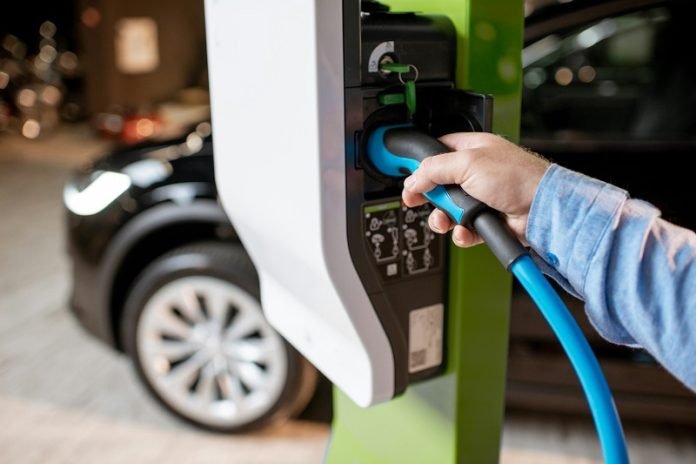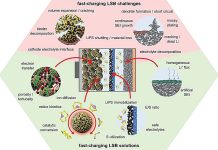
In groundbreaking research from Texas A&M University, Dr. Perla Balbuena and Dr. Jorge Seminario have taken a huge step forward in making better batteries.
Published in Nature Energy, their study uses the principles of quantum mechanics to understand how squeezing lithium-metal batteries could make them last longer and work more efficiently.
This insight could revolutionize the way we power everything from electric cars to smartphones.
Lithium-ion batteries are everywhere, powering our gadgets and electric vehicles.
But they’re not perfect. One big issue is that they can’t hold enough power for long enough.
Imagine your phone lasting for days on a single charge or an electric car that can go much further without needing to stop. That’s the dream.
Balbuena and Seminario are part of the Battery500 Consortium, which aims to create high-quality batteries for vehicles that meet the Department of Energy’s goals.
They’re looking into making batteries not just with more power but also safer and longer-lasting.
Here’s the scoop: inside a battery, lithium ions move from one end (the anode) to the other (the cathode) to create electricity.
The anode is usually made of graphite, but replacing it with lithium metal could potentially pack in ten times more energy.
The catch?
Lithium metal is very reactive and can form dangerous spikes called dendrites, which could short-circuit the battery.
To tackle this, the researchers looked into how applying pressure to the battery affects it. They discovered that pressing on the battery can help spread the lithium ions evenly, avoiding those pesky dendrites and making the battery safer and more reliable.
Using quantum mechanics, a fancy way of studying how particles behave at a really small scale, they figured out exactly how pressure changes the way lithium ions move.
It turns out that lithium ions like to go where the pressure is higher, which helps them spread out more evenly on the anode.
This finding is a big deal because it means we can design batteries that use this pressure trick to work better. These improved batteries could be made more cheaply, last longer, and perform better, which is great news for the environment and our wallets.
By understanding the tiny details of how batteries work on a quantum level, Balbuena and Seminario are helping to pave the way for a future where electric cars and renewable energy sources are more accessible and effective.
This research could lead to batteries that charge faster, last longer, and are safer, making the dream of a fully electric future closer to reality.
Source: Texas A&M University.



